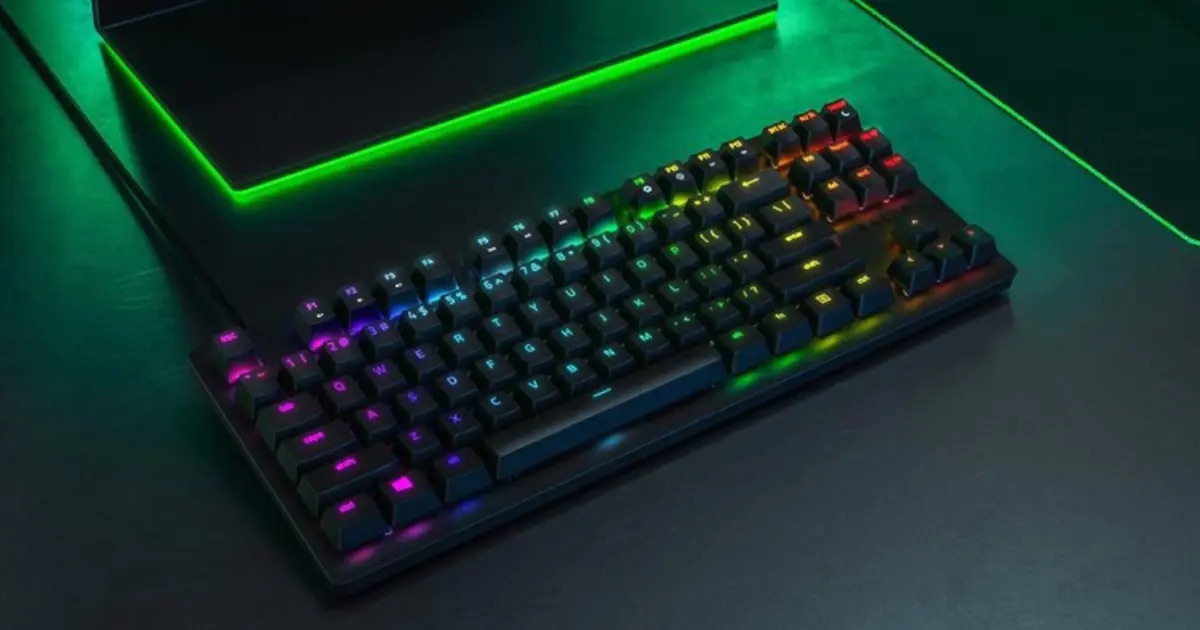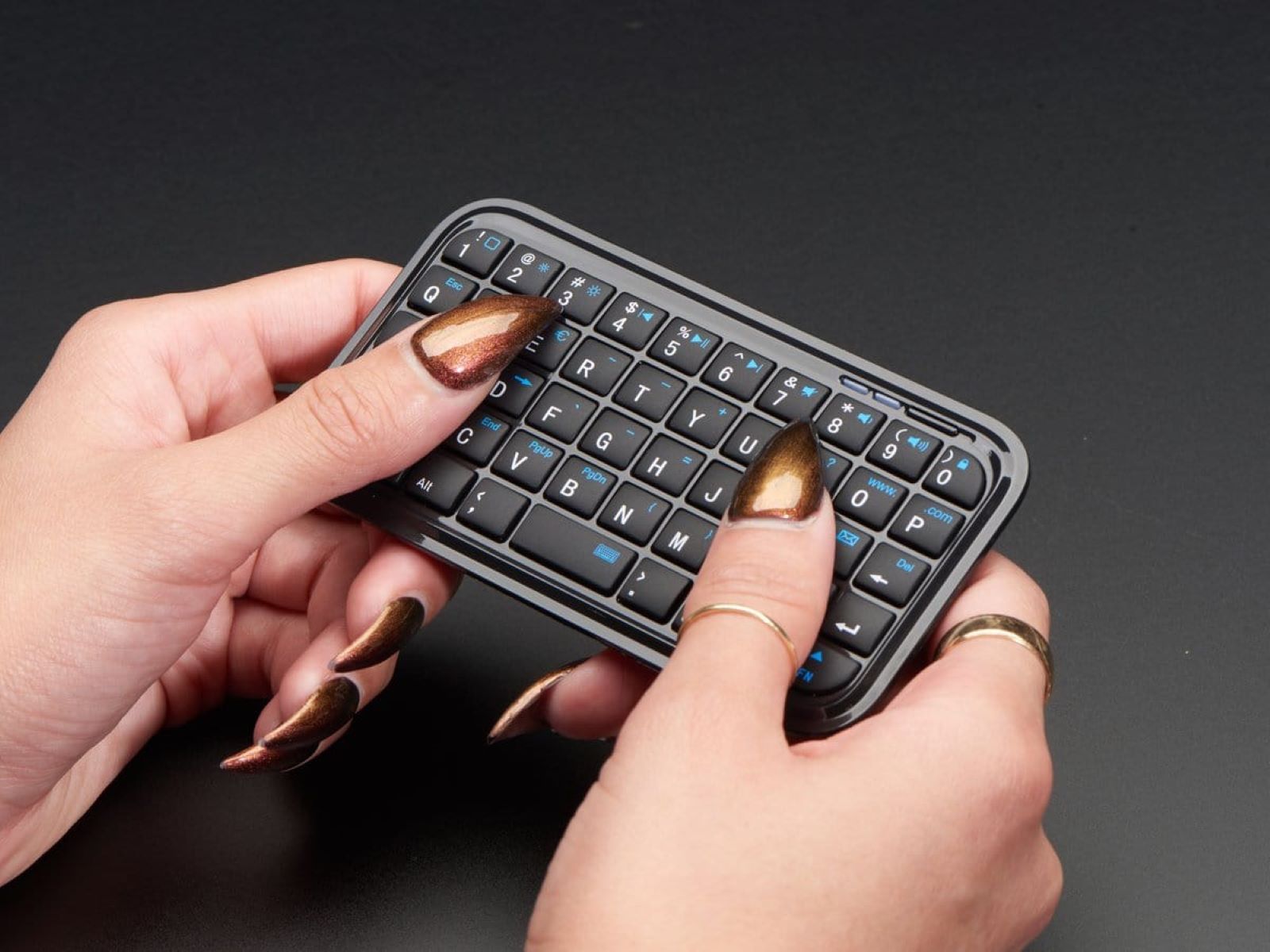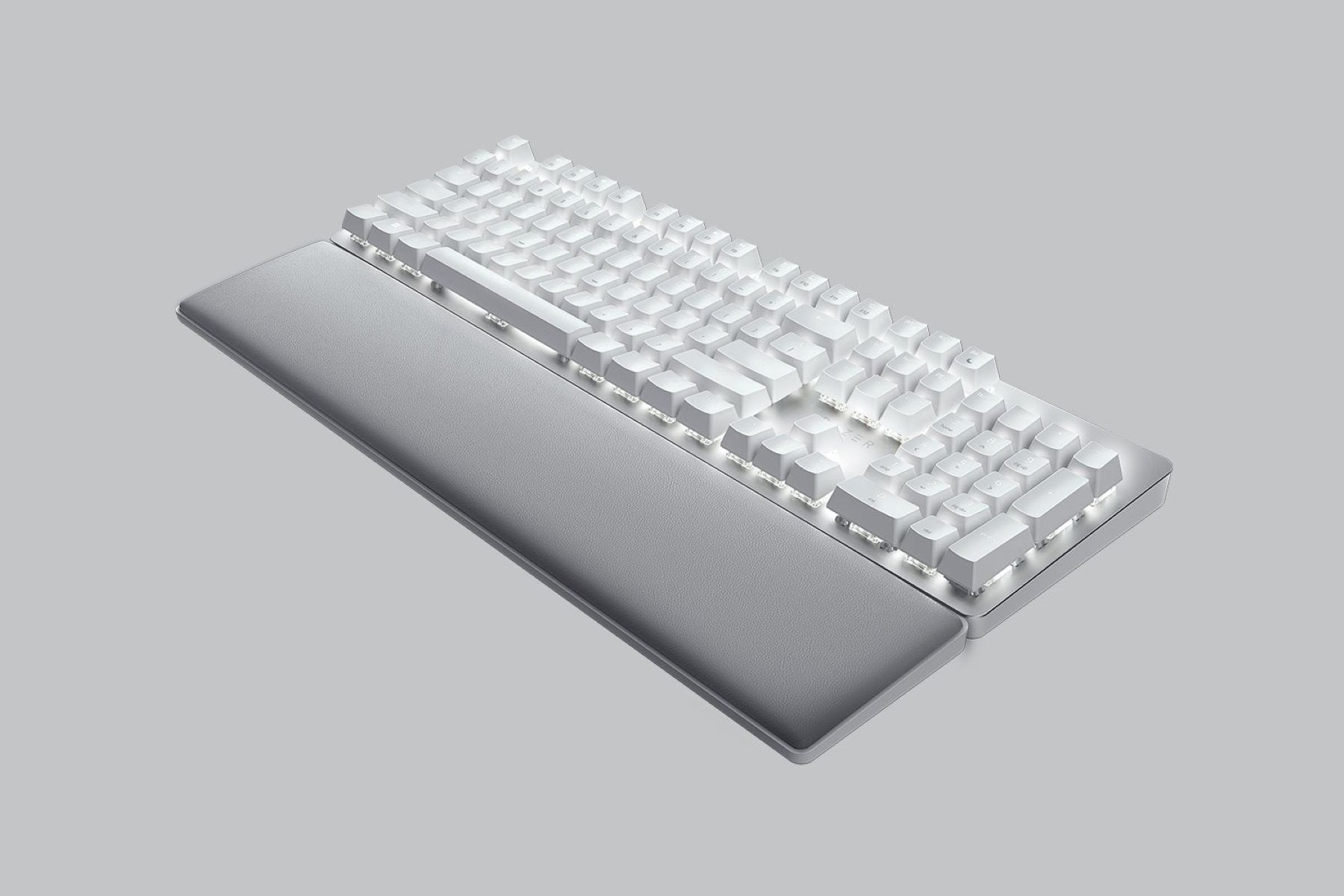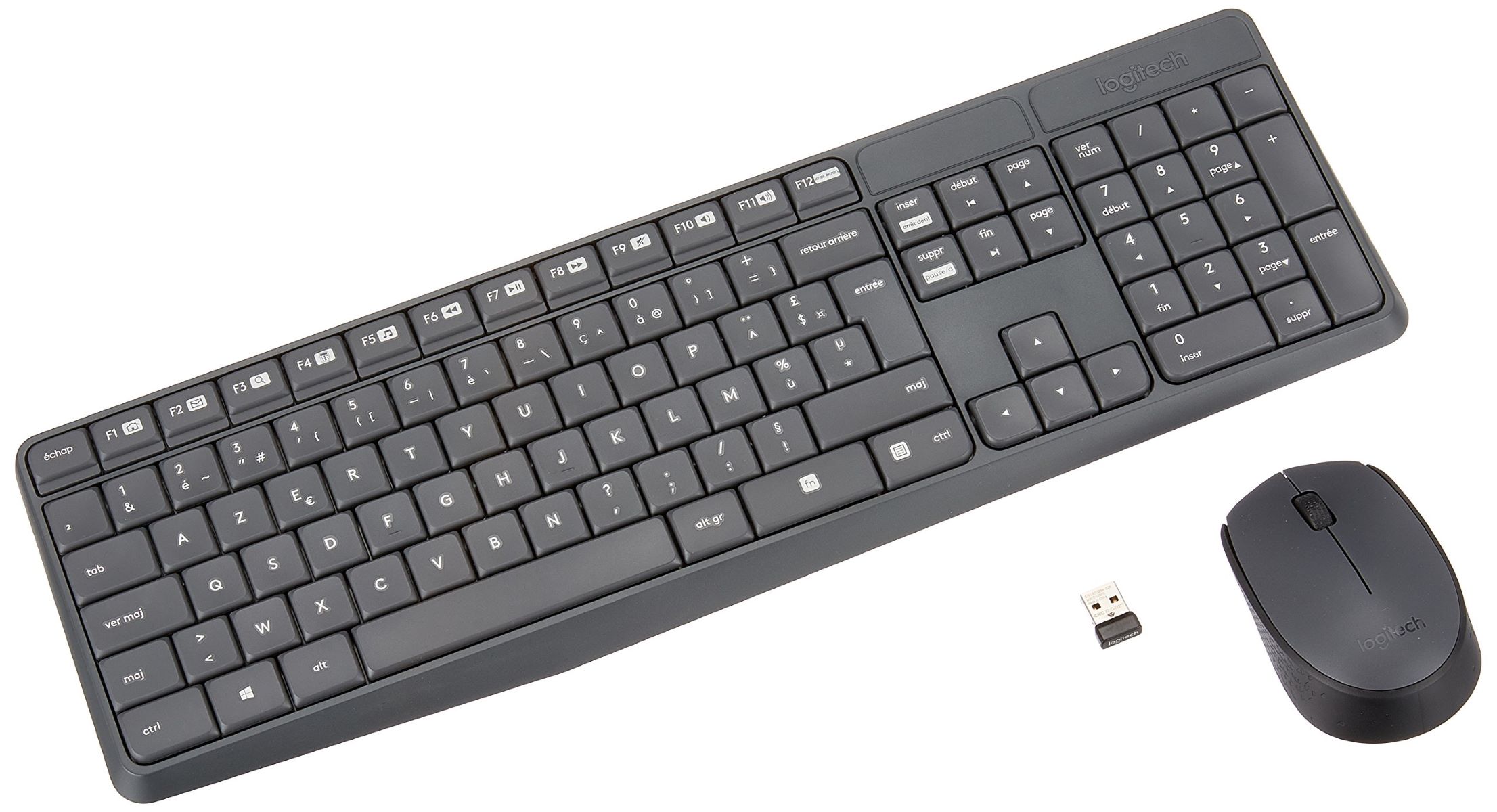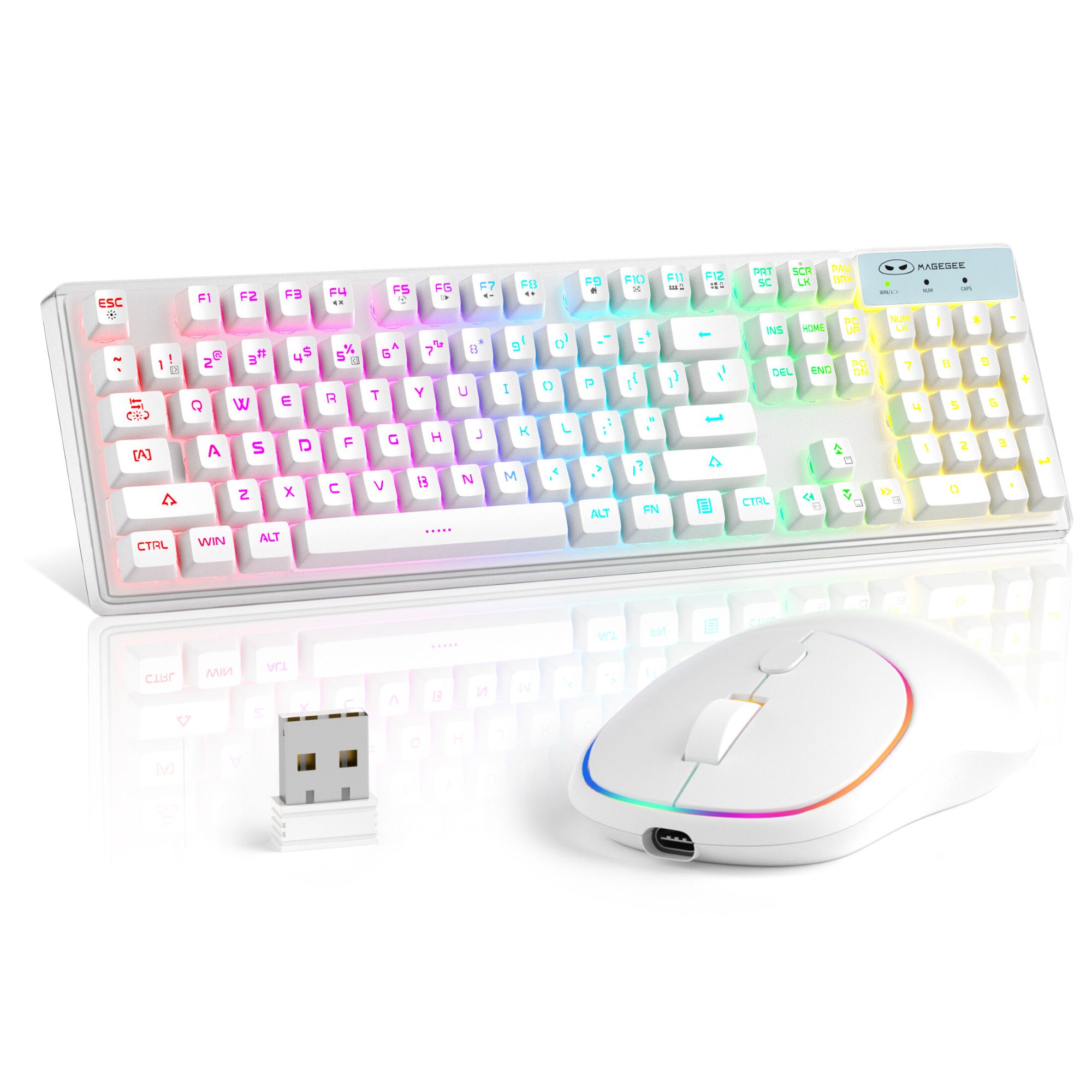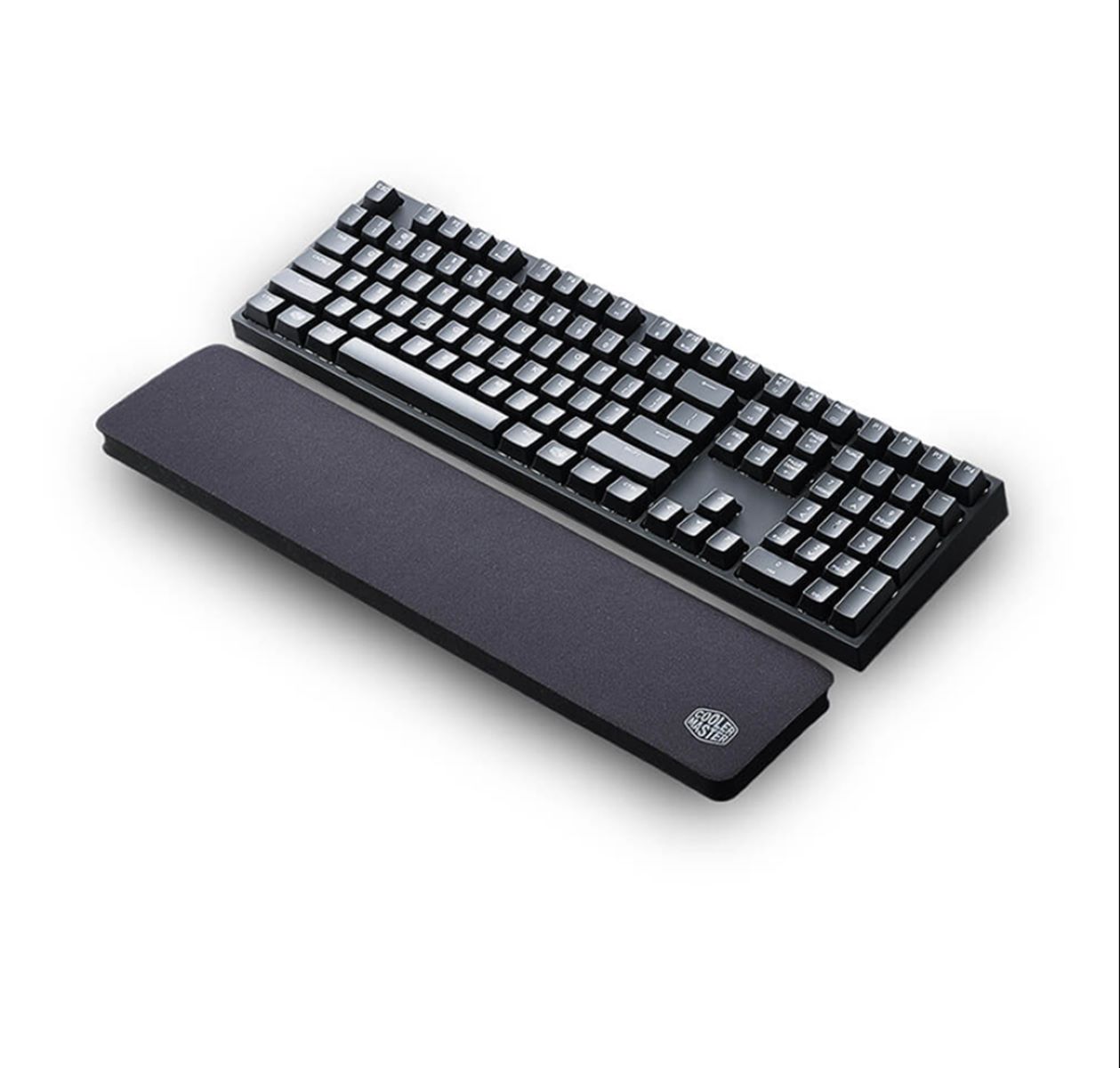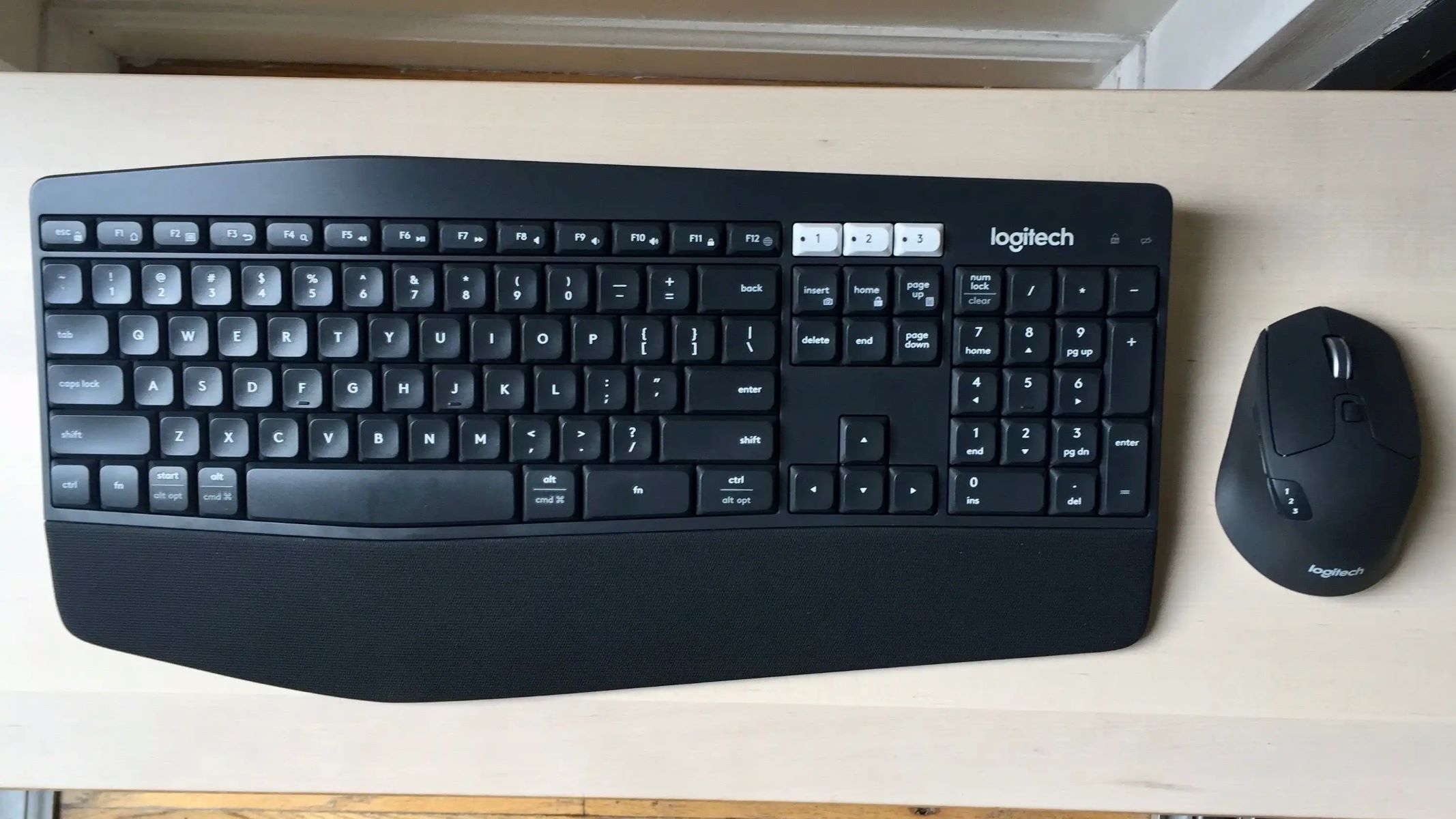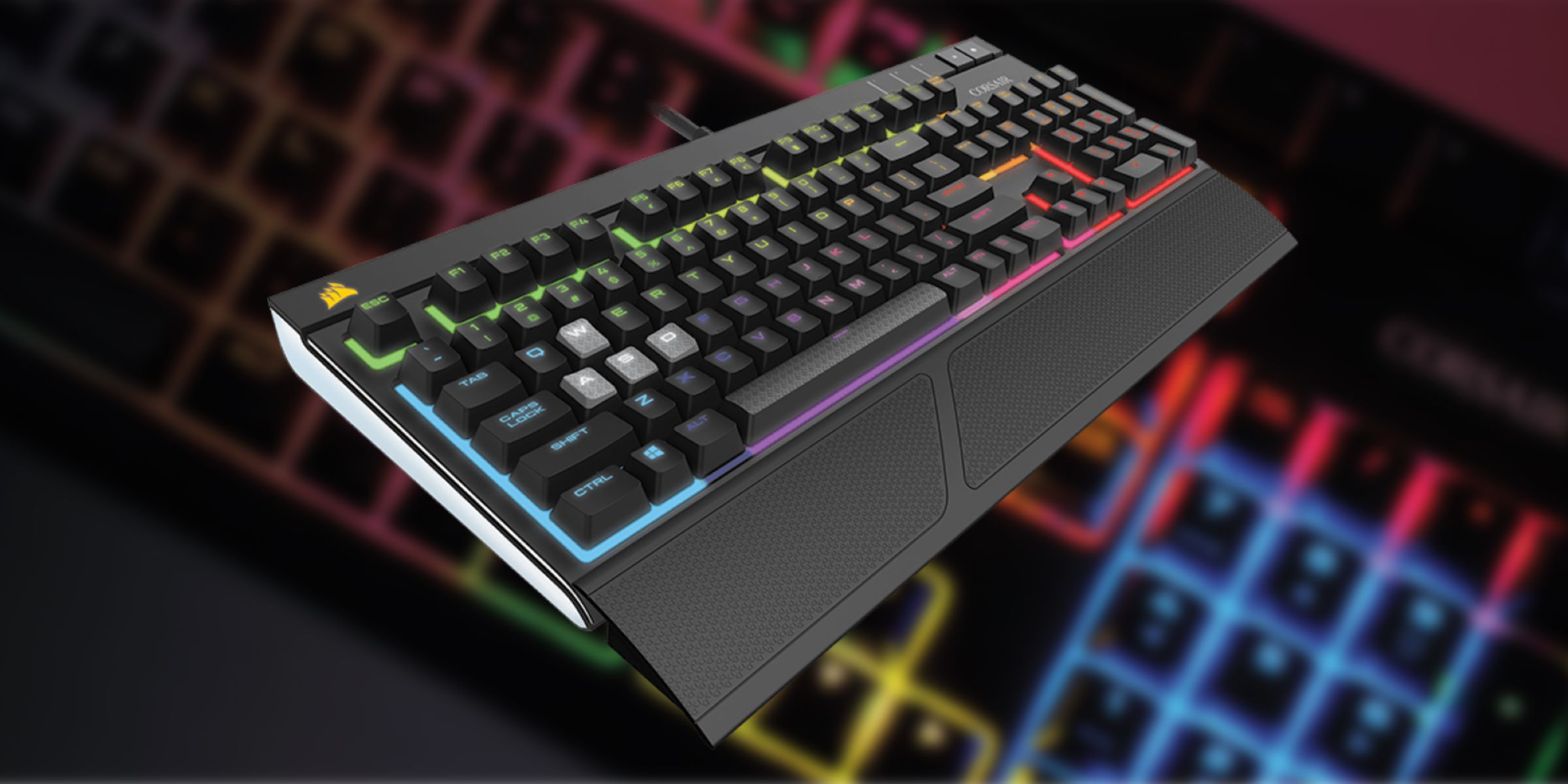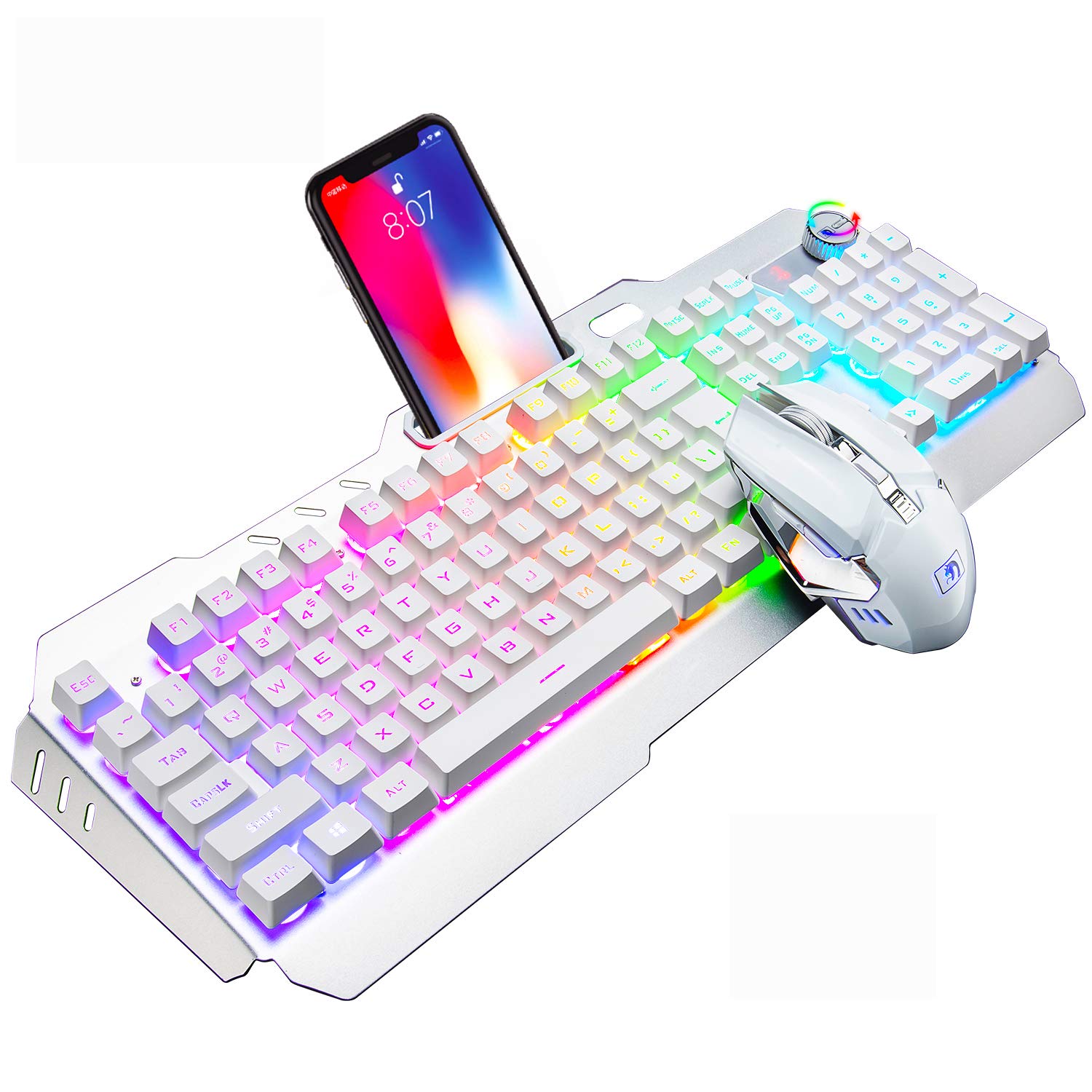Introduction
Gaming keyboards are an essential tool for avid gamers, providing a tactile and responsive platform for executing complex commands and maneuvers in the virtual realm. These high-performance peripherals are designed to withstand the rigors of intense gaming sessions, offering durability and precision to enhance the gaming experience. However, like all electronic devices, gaming keyboards have a finite lifespan, and understanding the factors that influence their longevity is crucial for maintaining optimal functionality.
In this comprehensive guide, we will delve into the intricate world of gaming keyboards, exploring the various factors that affect their lifespan and providing valuable insights into extending their longevity. Whether you are a seasoned gamer or a novice enthusiast, this article will equip you with the knowledge to make informed decisions about your gaming keyboard and ensure that it remains a reliable companion in your gaming endeavors.
From the impact of usage patterns and environmental conditions to the telltale signs that indicate a keyboard is reaching the end of its lifespan, we will unravel the mysteries surrounding the longevity of gaming keyboards. Additionally, we will offer practical tips and maintenance strategies to prolong the life of your gaming keyboard, empowering you to maximize its performance and durability.
Join us on this enlightening journey as we uncover the secrets of gaming keyboard longevity and equip you with the tools to make the most of your gaming peripherals. Let's embark on this exploration of the lifespan of gaming keyboards and discover the keys to unlocking their full potential.
Factors Affecting the Lifespan of a Gaming Keyboard
Several key factors play a pivotal role in determining the lifespan of a gaming keyboard, influencing its durability and overall longevity. Understanding these factors is essential for optimizing the performance and lifespan of your gaming peripheral. Let’s explore the primary determinants that impact the longevity of a gaming keyboard:
- Usage Intensity: The frequency and intensity of keyboard usage significantly affect its lifespan. Gamers who engage in prolonged gaming sessions or utilize complex key combinations may subject their keyboards to more wear and tear, potentially shortening its lifespan.
- Quality of Components: The quality of materials and components used in the construction of the keyboard is a critical factor. Keyboards constructed with durable switches, robust keycaps, and sturdy frames are likely to have a longer lifespan compared to those with inferior components.
- Maintenance and Care: Proper maintenance and care can extend the lifespan of a gaming keyboard. Regular cleaning, avoiding liquid spills, and protecting the keyboard from physical damage are essential practices for preserving its longevity.
- Environmental Factors: Environmental conditions, such as exposure to dust, humidity, and temperature fluctuations, can impact the lifespan of a gaming keyboard. Dust accumulation and moisture ingress can compromise the keyboard’s internal components, leading to premature wear and malfunctions.
- Manufacturer’s Design and Build Quality: The design and build quality of the keyboard, as well as the engineering standards employed by the manufacturer, contribute significantly to its lifespan. Keyboards crafted with precision engineering and thoughtful design considerations are more likely to exhibit longevity.
By recognizing and addressing these influential factors, gamers can make informed decisions regarding their keyboard usage and maintenance practices, ultimately prolonging the lifespan of their gaming peripherals. Understanding the interplay of these factors empowers users to take proactive measures to safeguard their keyboards and optimize their performance over time.
Typical Lifespan of a Gaming Keyboard
The lifespan of a gaming keyboard can vary significantly based on several factors, including the quality of the keyboard, frequency of use, and maintenance practices. While individual experiences may differ, a well-maintained and high-quality gaming keyboard can typically endure for several years before exhibiting signs of wear and performance degradation.
On average, a gaming keyboard can be expected to last anywhere from 3 to 5 years under normal usage conditions. However, this estimate is contingent on the aforementioned factors and can vary based on the user’s habits and environmental considerations. Keyboards with mechanical switches, known for their robustness and longevity, often outlast membrane-based keyboards, offering an extended lifespan to discerning users.
It is important to note that intense gaming sessions, especially those involving rapid and repetitive key presses, can accelerate the wear on the keyboard, potentially shortening its lifespan. Conversely, casual users who employ their keyboards for standard typing and occasional gaming may witness a longer lifespan for their peripherals.
Furthermore, advancements in keyboard technology and manufacturing processes have led to the development of more durable and long-lasting keyboards, offering improved longevity compared to their predecessors. As such, newer gaming keyboards equipped with high-quality switches, reinforced keycaps, and robust construction may surpass the traditional 3 to 5-year lifespan, providing extended utility to gamers.
Ultimately, the typical lifespan of a gaming keyboard is influenced by a myriad of factors, and while general estimates can be provided, individual experiences may vary. By investing in a reputable and well-constructed gaming keyboard and adhering to proper maintenance practices, users can maximize the lifespan of their keyboards and enjoy reliable performance over an extended period.
Signs that Your Gaming Keyboard Needs Replacement
Recognizing the signs that indicate a gaming keyboard is nearing the end of its lifespan is crucial for preemptive action and timely replacement. As keyboards age and endure prolonged usage, they may exhibit various symptoms that signal the need for a replacement. Here are the key indicators that your gaming keyboard may require replacement:
- Key Inconsistencies: When certain keys become unresponsive, register double inputs, or exhibit inconsistent actuation, it may signify underlying issues with the keyboard’s switches or circuitry, warranting consideration for a replacement.
- Physical Wear and Tear: Visible signs of wear, such as faded key legends, worn keycaps, or a deteriorating frame, can detract from the keyboard’s aesthetics and functionality, prompting the need for a new keyboard to restore optimal performance.
- Increased Input Latency: A noticeable delay between key presses and on-screen actions, particularly during gaming, may indicate deteriorating switch responsiveness or connectivity issues, necessitating the evaluation of a replacement keyboard.
- Unresolved Technical Issues: Persistent technical issues, such as ghosting, key chatter, or input errors that persist despite cleaning and maintenance efforts, may indicate internal component degradation, prompting the consideration of a new keyboard.
- Diminished Tactile Feedback: Over time, the tactile feedback and actuation force of the keys may diminish, compromising the typing and gaming experience. If the keyboard’s tactile feel and responsiveness deteriorate significantly, it may be time for a replacement.
- Outdated Features and Compatibility: Advancements in keyboard technology and features may render older keyboards obsolete in terms of functionality and compatibility with modern systems. If your keyboard lacks essential features or compatibility with current devices, an upgrade may be necessary.
By remaining vigilant for these telltale signs, users can proactively assess the condition of their gaming keyboards and make informed decisions regarding potential replacements. While periodic maintenance and troubleshooting can address certain issues, the presence of persistent and debilitating symptoms may indicate that the keyboard has reached the end of its lifespan and necessitates an upgrade to a new, reliable gaming peripheral.
Tips for Extending the Lifespan of Your Gaming Keyboard
Maximizing the lifespan of your gaming keyboard involves implementing proactive measures to preserve its functionality and performance. By adhering to the following tips, you can extend the longevity of your gaming keyboard and ensure a reliable and responsive gaming experience:
- Regular Cleaning: Periodically clean your keyboard to remove dust, debris, and residue that can compromise its performance. Utilize compressed air, keycap pullers, and gentle cleaning solutions to maintain a pristine and functional keyboard.
- Protection from Spills: Safeguard your keyboard from liquid spills by using a keyboard cover or exercising caution when consuming beverages near your gaming setup. Immediate cleanup and drying are essential if spills occur to prevent damage to the keyboard’s internal components.
- Optimal Keyboard Placement: Position your keyboard in a clean, well-ventilated area away from direct sunlight and sources of excessive heat or humidity. Proper environmental conditions can mitigate the risk of component degradation and extend the keyboard’s lifespan.
- Keycap Maintenance: Routinely remove and clean the keycaps to prevent the accumulation of grime and maintain the tactile feel of the keys. Additionally, consider replacing heavily worn keycaps to uphold the keyboard’s aesthetics and functionality.
- Software Updates and Firmware Maintenance: Stay updated with the latest keyboard firmware and software releases provided by the manufacturer. These updates often include optimizations and bug fixes that can enhance the keyboard’s performance and longevity.
- Proper Keystroke Technique: Practice mindful and deliberate keystroke techniques to minimize unnecessary stress on the keys and switches. Avoid excessive force and repetitive, high-impact typing or gaming actions that can accelerate wear on the keyboard.
- Invest in a Quality Keyboard Cover: Consider using a protective keyboard cover when the keyboard is not in use to shield it from dust, pet hair, and other particulates that can infiltrate the internal components and affect its performance.
- Utilize a Surge Protector: Connect your gaming keyboard to a reliable surge protector to safeguard it from power surges and electrical irregularities that can potentially damage its circuitry and electronic components.
By integrating these proactive measures into your keyboard maintenance routine, you can significantly prolong the lifespan of your gaming keyboard and enjoy consistent performance and reliability throughout its usage. These simple yet effective strategies empower you to preserve the integrity of your gaming peripheral and derive enduring value from your investment.







